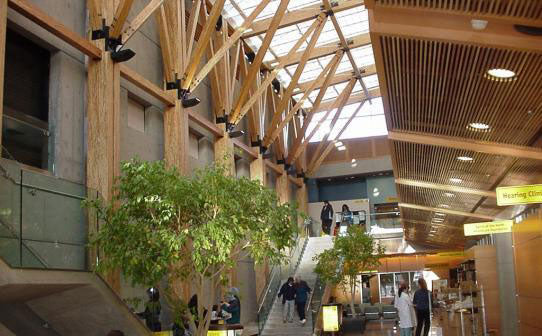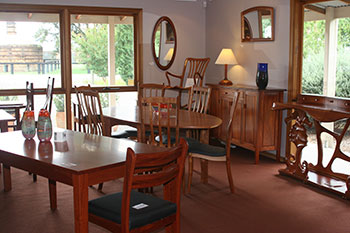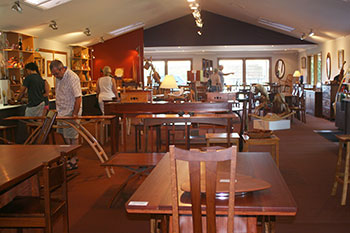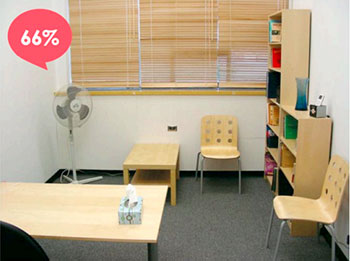Wood for Health and Wellbeing
Planet Ark, the environmental organisation has recently released a fascinating report, Wood – Housing, Health, Humanity which was released for World Wood Day (21st March 2015), and examines the many studies and reports which show that exposure to wooden interiors, fixtures and fittings is beneficial to health and general wellbeing. It seems that contact with nature is important to humans and the benefits of spending time out of doors is well known but with increasing urbanisation most city dwellers have little chance of interaction with the natural world. Research shows that it is possible to bring a bit of nature indoors by the use of wood which brings with it the mental and physical benefits of being in touch with the living, breathing world.


The Physical Effects
Research in Japan and Austria have shown measurable decreases in heart rate, blood pressure and stress levels form exposure to interiors with wood panelling, floors and fixtures. One compelling study looked at school students placed into two different classrooms – one with wooden floors, cupboards, and wall panelling and the other with linoleum floor, plasterboard walls and chipboard cupboards. The results were clear – a marked decrease in heart rates and stress levels in the wooden classroom compared to the man-made materials classroom.

The Mental Effects
The use of wood in furniture and interiors elicits in people feelings of warmth, relaxation and intimacy, which means they can interact, communicate and engage with others better. This is of enormous importance in aged care and hospitals where it can reduce stress, anxiety and recovery times. An interesting New Zealand study showed images of modern office interiors to 69 adults with half featuring wood extensively and half no wood at all. Significantly more people chose the wooden environments over the man made materials describing their feelings with impressions of innovation, energy and comfort while the man made interiors were described as impersonal and uncomfortable.

Effects on Air Quality
Wood improves indoor air quality by moderating humidity. Wood naturally absorbs and releases moisture in order to maintain an equilibrium with the surrounding air. Wood absorbs moisture from the air in humid conditions and releases it in dry conditions. This is especially important in offices where one of the main areas of dissatisfaction is air quality.


The Look and Feel of Wood
This seems too obvious to state but wood is visually appealing and invites the touch because it is warm compared to plastic and metal - fingertips can sense the ‘give’ in the wood, the life in it. Even a few wooden touches in an otherwise metal and plastic environment can bring warmth, intimacy and something of the natural to an interior. The Planet Ark report uses these two images to demonstrate the difference with 66% of people preferring the wood version of the room over 34% for the plastic version. The reasons were not given but at a guess they would be that it looks homely, comfortable, cosy, somehow softer and more yielding – amazing what a bit of wood can do.


With thanks and acknowledgement to Planet Ark.






